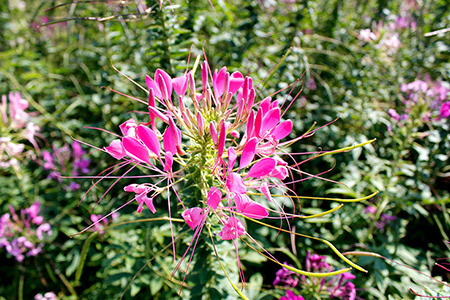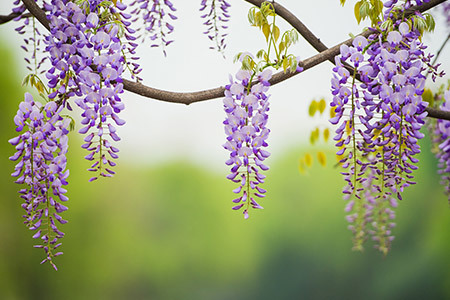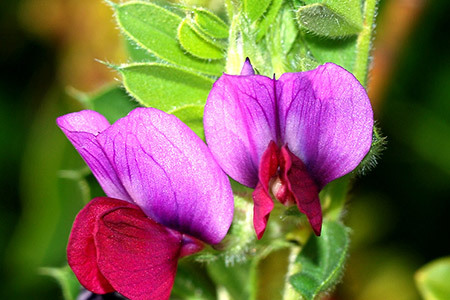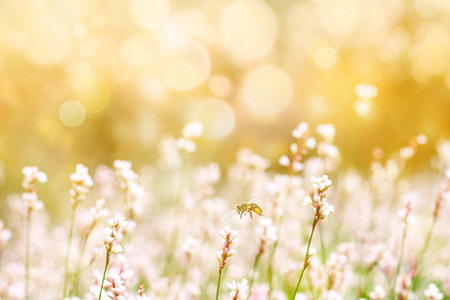The ecological role of aquatic plants
Release time:
2021-07-15 00:00
Source:
In the rapidly developing modern society, with the further expansion of urbanization, the ecological environment of water bodies has been severely damaged, threatening human survival. It is particularly important to purify and restore polluted water bodies today, and aquatic plants can play this role effectively.
According to the lifestyle of aquatic plants, they are generally divided into the following categories: emergent plants, floating-leaved plants, submerged plants, and free-floating plants. The diversity of aquatic plants allows them to purify water quality from different levels and spaces.
Now let's talk about the ecological functions of aquatic plants:
1. Preserving biodiversity
Aquatic plant communities provide food sources and habitats for hydrophilic water birds, insects, and other wildlife. The interactions and cycles between aquatic organisms and non-biological substances make water bodies vibrant aquatic ecosystems, thus preserving the biodiversity of aquatic environments.
2. Purifying water quality
During photosynthesis, aquatic plants can absorb carbon dioxide from the environment and release oxygen. While fixing carbon and releasing oxygen, aquatic plants also absorb many harmful elements in the water, such as nitrogen, phosphorus, heavy metals, and organic pollutants, thereby eliminating pollution, purifying water quality, improving water quality, and restoring the ecological functions of water bodies.
3. Beautifying water scenery
Aquatic plants, with their graceful posture, beautiful lines, and vibrant colors, adorn various water surfaces and shores, easily creating beautiful reflections in the water, thus having a strong landscaping function. Aquatic plants have always been one of the important materials for constructing water scenery. Sceneries like the wind blowing through the reeds and the moon shining on the lotus pond evoke beautiful imaginations; while spots like the fragrant lotus by the winding water and the willows whispering with orioles are famous for their landscaping with aquatic plants.
4. Stabilizing slopes and protecting banks
The growth and spread of aquatic plants increase the organic matter content in the soil, enhance the soil's water retention capacity, and improve the structure and performance of the soil. Additionally, aquatic plants planted at the water-land interface have developed root systems with strong binding power, which can reduce surface runoff and prevent water erosion and scouring.
For different life forms of aquatic plants, it is generally believed that floating plants have a stronger absorption capacity than emergent plants, while submerged plants are the weakest. Utilizing aquatic plants to purify, absorb, and decompose pollutants in polluted water bodies, and adapting to different polluted water bodies through various aquatic plants and combinations, can effectively purify polluted water bodies and maintain water purity, with stable purification effects. Therefore, in wastewater purification and restoration, different combinations of microorganisms can be used to achieve the goal.
Next Page
Related News
Our company is a professional firm focused on selling flower seeds, forestry seeds, pasture/green manure seeds, and other types of seeds. We are dedicated to providing customers with high-quality and diverse seed products to meet various plant growth needs.
Manual for Cultivating Green Plants
Green plants are an indispensable part of our lives. They can purify the air, reduce noise, and provide a comfortable environment. This manual aims to help friends who love green plants to better cultivate various types of green plants, allowing them to thrive.
How to plant the willow-leaf embroidered chrysanthemum?
The willow-leafed chrysanthemum is a beautiful flower, loved for its unique leaf shape and vibrant blossoms. Below is an introduction on how to plant willow-leafed chrysanthemums.
Cultivation of Red Leaf Barberry
The red-leaf barberry is a deciduous shrub belonging to the Berberidaceae family and the Berberis genus, and it is a variety of barberry. It prefers sunlight, is somewhat shade-tolerant, cold-resistant, drought-resistant, and can withstand pruning. The branches are reddish-brown, and the leaves are oval-shaped, either solitary or clustered, remaining red throughout the year. The flowers bloom from May to June, are yellowish-white, and the fruits turn bright red and beautiful when ripe. It can be used to decorate flower beds and flower mirrors, and is an important tree species for color block combinations in landscape greening.
To take good care of flowers, watering them is crucial. However, many novice flower growers tend to be overly diligent, taking care of their plants even more frequently than they eat, and they feel that watering the plants a few times a day is still not enough. This can easily lead to root rot and death of the plants, which is indeed quite frustrating. In that case, why not grow a few water-loving flowers? The more you water them, the better they grow, making them perfect for those who love to water their plants frequently.
Urban greening is an important component of urban construction.
Urban greening is an important component of urban construction, aimed at improving the urban environment and enhancing the quality of life for residents. In this process, flowers play an indispensable role. They not only beautify urban spaces but also provide residents with a pleasant visual experience.
Product recommend








